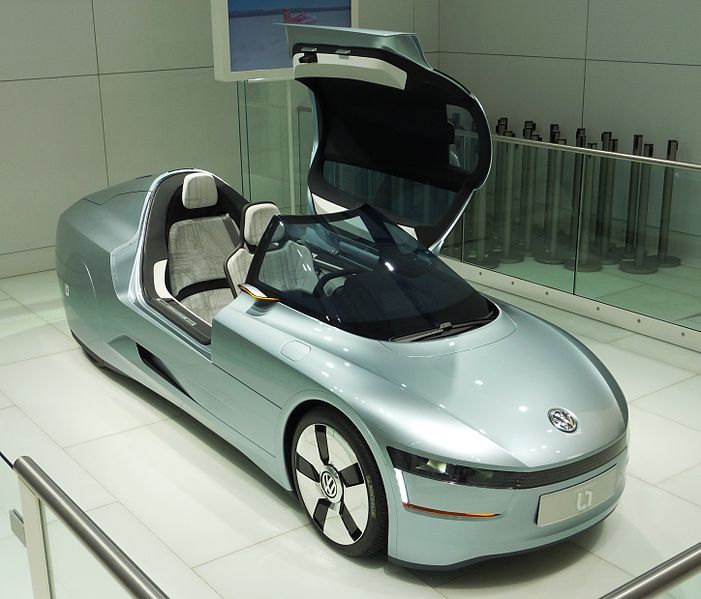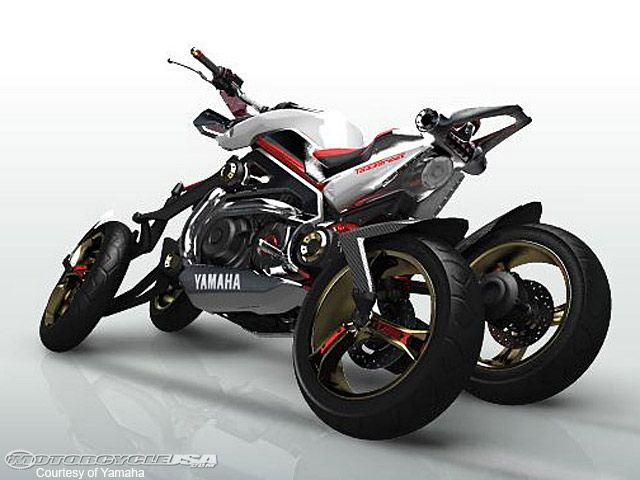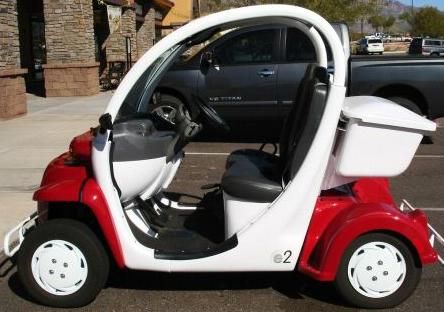The primary problem with a fairing is that a motorcycle's natural position is on its side, and eventually it will end up there. A plastic fairing isn't strong so it will break with the weight of a bike on it. The fairings are slightly expensive to make, but not nearly as pricey as the resellers make them out to be, the majority of the bike price. Ergo, there are people riding around on Naked Ninjas, which is about as unsexy a bike as you can imagine. Underneath that fairing is ugly functional tubing, wiring harness, zip ties, and no thought to looks at all. They built it cheap and the fairing covers all the ugly. Its still a bike under there, but LORD, the 250 is a mess. A naked bike from the 1960's is better looking because it had to be or it wouldn't sell in the first place. They didn't really have plastic yet. This is also why they're desirable for restoration because they have CLASS and look good when they're done.
As much as I like the Bandit for being nicely sized and a good balance, that trailing arm suspension is just a simple aluminum rectangular box-tube with holes in it for the rear axle. That is NOT a nice looking trailing arm suspension component. It is cheap, it probably works okay. But its nice to see that there are aftermarket guys building proper trailing arms for the Ninja and the Bandit out there. Fixing all the ugly on a Ninja is so big a deal I have never seen one that looked good. That said, people try because you can convert them into Enduros and there are lengthy trips done by folks up through Quebec on dirt roads using a Ninja 250 with knobby tires and panniers (hard saddlebags). Since it has 5 inches of suspension, its just enough to make it work on crappy roads. I see Bandits up here in the Sierras, curving through the side roads and enjoying the lean. With drought being the normal state of things, this is an excellent place to ride a road bike most of the year. That's the upside of drought. Dry roads. For now.
Why so many choices? Well, it's like this. We can't afford to buy new stuff. We're all too broke. Artisans and craftsmen are the future of America, at least for non-farm and non-hospitality jobs, and they'll be less broke if they find a way to use their crafts to get funding through tourism and agriculture. It's tough. It's easy to rant and fingerpoint at who destroyed America, but the sad truth is we did every time we picked the cheaper option when we bought something, because that cheaper option shifted jobs away from Americans and out of the country. We caused Globalism to destroy us by being cheap. And now we suffer the consequences. We can't fix that, but we can fix what we've already got and live through the mistake.
Artisans and craftsmen are already finding old machines, cheap, rusting and missing parts, and restoring them to operation. This is easier with the motorcycles made of metal rather than plastic because repairing metal is pretty easy, but few of us have plastic molds or the skill to "weld" plastic. Bikes than are built to fall over, Enduros, and ride on really bad roads are the easiest to keep working. Standard (upright seating position) bikes with no plastic are the next best and will probably be around in another century. They will be maintained through parts replaced using a library of downloadable CNC part designs and laser sintering on demand at a fabrication shop. It will get cheaper, eventually, and heat treating will make it just as good, or better, than the original. Yes, we'll eventually get around to building new bikes from scratch, and new ultralight cars that are cheap, using download CNC and open-source designs, and to hell with safety testing, but that hasn't happened yet.
Other than the hotrod community, which I follow because its a local thing here with free shows, most car makers are less than enthusiastic about taking risks on new models. Safety standards and high dollar lawsuits against car makers for daring to sell a vehicle which isn't perfectly safe in all conditions... well, you'd be a fool to risk that under standard car-dealership rules. There's too much money involved, and those who got into that business and PAID so much to get there do not like a new cheapskate builder to show up and undercut their business by building light vehicles with good fuel economy.
There was a story published that turned out to be wrong in many details, from the San Francisco Examiner newspaper this week about the 1L from VW. They said it was going to sell for $600. Not a typo just plain wrong. They did print a retraction later. A cheap Chinese scooter that works for about 90 days is $599. No way in Hell is China going to be building cars for that. They didn't even do the basic fact checking to realize it's the 1L, which is going to sell for $45K, but gets 240 mpg on diesel, but only has a top speed of around 45 mph, is 3 feet tall, and is built to crash standards at that speed, not actual freeway traffic. It's a concept car, one that runs on back roads and tracks, to prove it can work. It just isn't practical. The basic car is a carbon fiber bathtub, and the engine is a tiny diesel suitable for a motorcycle or scooter. It gets great gas mileage and is more comfortable in bad weather than a bike, but at 3 feet tall it is likely to get run over in traffic by a texting coed in her Dad's SUV (because it's safe and she's a ditz). And run over is literal. This is a death-trap car. An EXPENSIVE death-trap car. With that low ground clearance I doubt it can even get into or out of a parking lot here in California. We have these fairly steep cuts through our sidewalks and that looks like it would scrape. Who will be buying that? I think this is why they aren't actually in production or for sale in the real world. This is not going to sell very well.
I do see a future in TIG welding cromoly steel tubing into a race frame, attaching mounting points and fitting very minimal parts salvaged from the junkyard into a working experimental vehicle. Like a dune buggy. Covering that with basic weather protection and eventually fiberglass or carbon fiber, if it gets cheap enough, will result in many unique homebuilt vehicles. Most of the weird ones from car shows are basically sculptures with no internal mechanics and often with 1/2 inch of ground clearance. They're meant to make you stare. I'm talking about working experimental vehicles, ones that break down and you learn something from what failed. Realistically, any vehicle with less than 5 inches of ground clearance doesn't have a future. That forces many of the weirder experiments to settle down a bit and a middle ground of efficiency will result. That's what we really need.
Of course, experimental vehicles are not comfortable or crash tested and likely unsafe in interesting ways, but its still cheaper than the 1L and accomplishes the same job: a ride to work with good fuel economy. A clever and skilled artisan will build something that belongs on Top Gear, either in the joke category (Eagle iThrust or Hovervan) or the budget supercar one.
They will take longer than building a bike, of course, or modifying a golf cart to run faster, which is what most people are going to end up with: a golf cart with some plastic sheets to keep off the rain. None of these vehicles are ideal, but they'll get the job done, if the operators are willing to put up with the extra time and discomfort to get there. Four wheels is allegedly safer than two, right? There are conversions of ATVs with fenders and turn signals which makes them street legal, even here in California. Not ideal, but better than pedaling up a steep hill.
I still think an Enduro is the easiest answer. They're ugly, but they'll run forever on any road, no matter how badly maintained that road becomes. So long as we have roads and reasons to use them, there will be a means to do so. I just wish the Socialists weren't so damn cheap about road repair or so insistent about safety. It's our choice to die in fiery auto crashes. Not all of us are content to be useless eaters.



No comments:
Post a Comment